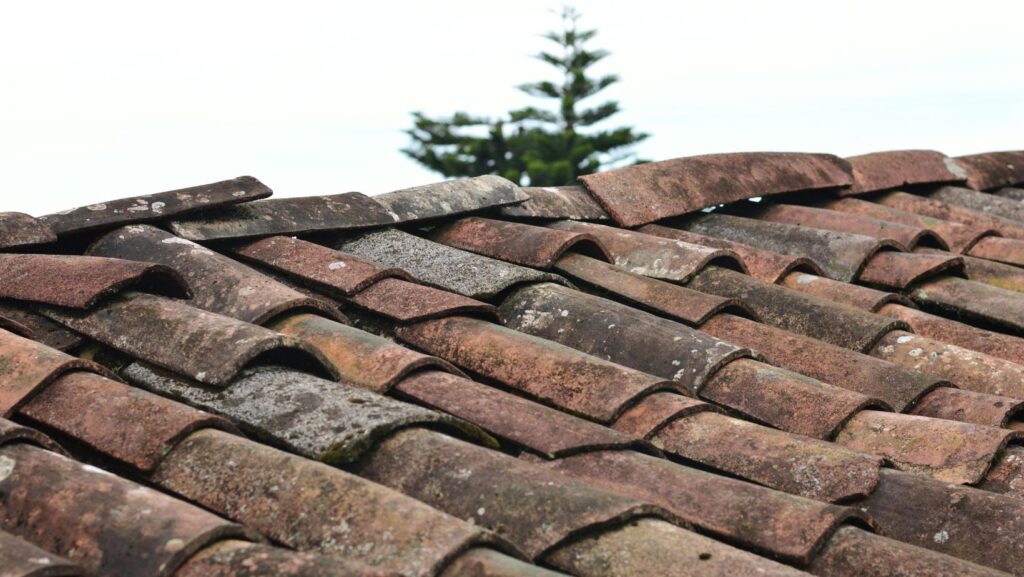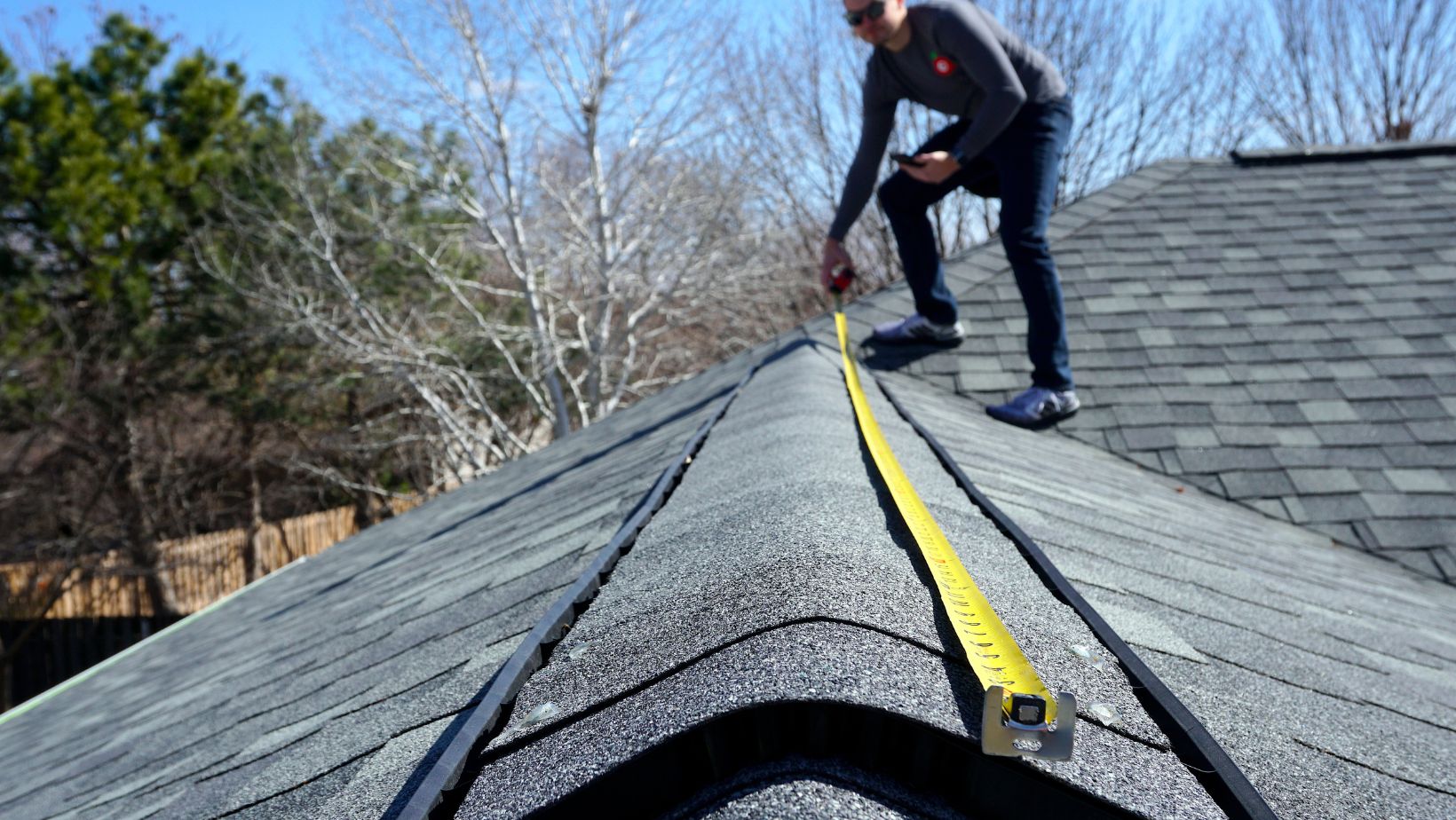
Your home’s roof is the first line of defense against nature’s elements, protecting everything beneath it. When damage occurs, the cost of repairs or replacement can be staggering. Home maintenance can cost around $10,000 a year; however, your homeowner’s insurance can significantly reduce these expenses if you know how to navigate the claims process effectively. Let’s explore proven strategies for ensuring you receive the full benefits of your policy, helping you protect your home and your wallet when roof damage strikes.
Understanding Your Insurance Coverage
Securing maximum coverage for your roof repairs starts with a thorough understanding of your insurance policy. Contact your insurance agent to obtain a current copy of your policy documentation. Pay special attention to the sections detailing roof coverage, as policies vary significantly in their protection levels.
For instance, your policy might offer either actual cash value (ACV) or replacement cost value (RCV) coverage. With ACV, you’ll receive compensation for your damaged roof minus depreciation, while RCV provides funds for a complete replacement at current market prices without depreciation deductions.
Documentation
Creating comprehensive documentation requires more than noting dates and times. Start by photographing your roof from multiple angles, including close-up shots of damaged areas and more expansive views showing the overall impact. Use a ladder to capture detailed images, or hire a professional to document elevated areas safely.
For interior design damage, photograph water stains, peeling paint, or any other signs of roof failure, create a folder (physical or digital) containing these photos, along with any relevant weather reports or local news coverage of severe storms that might have caused the damage. These reports can serve as crucial evidence to support your claim, demonstrating that the damage occurred due to a weather event, which could increase the likelihood of approval by your insurer.
Professional Inspections
Insurance companies rely heavily on professional assessments when processing claims. Schedule an inspection with a licensed roofing contractor who regularly works with insurance claims. These professionals know what insurance adjusters look for and can provide detailed reports that speak the insurance industry’s language.

For example, rather than simply noting “storm damage,” a skilled inspector will document specific issues like “impact marks from hail measuring 1-inch in diameter” or “wind-lifted shingles with exposed nail heads,” providing the precise details insurance companies need to process your claim.
The best contractors will offer to meet with your insurance adjuster during the inspection, helping to identify all damage and ensuring nothing gets overlooked. Have you ever wondered why roof insurance claims are denied? A skilled contractor can help clarify common pitfalls that lead to denials and provide accurate estimates for materials and labor, making it easier for insurance companies to process your claim and ensure a fair payout.
Avoiding Common Pitfalls
Watch out for post-storm scammers who offer quick repairs door-to-door. These individuals often promise to handle your insurance claim, take large upfront payments, and disappear without completing the work.
Instead, research potential contractors through local business organizations and online reviews. Contact their previous clients and ask about their experience with insurance claims. Verify their physical business address and ensure they carry proper insurance and bonding.
Understanding Common Coverage Limitations
Insurance companies often include specific limitations in their roof coverage policies. Many insurers won’t fully cover roofs older than 20 years, while others require higher deductibles for hail damage in storm-prone areas. Review these limitations before filing a claim.
For example, if your roof is 19 years old and sustains damage, you should file your claim promptly before it reaches the 20-year mark. Understanding these restrictions helps you strategically time your claim submission and avoid unexpected denials.
Maximizing Your Insurance Payout
Several strategies can help increase your insurance payout. Consider hiring a public adjuster, a licensed professional who advocates for your interests during the claims process. While they typically charge a percentage of your settlement, their expertise often results in higher payouts that can offset the fee.

They understand insurance policy language and can identify coverage opportunities you might miss. For instance, a public adjuster might notice that water damage from a roof leak affected your electrical system, adding another legitimate component to your claim.
Endnote
Successfully navigating roof insurance claims requires preparation, attention to detail, and strategic action. By understanding your policy, maintaining thorough documentation, working with qualified professionals, and avoiding common pitfalls, you can maximize your insurance coverage for roof repairs.



